Help keep our prices low: Share with FriendsShare with Friends
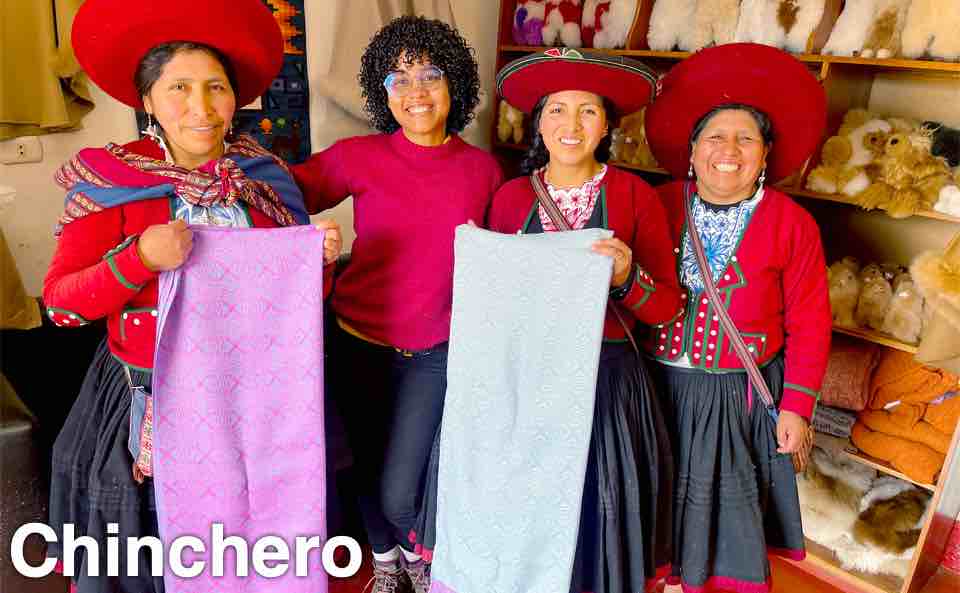

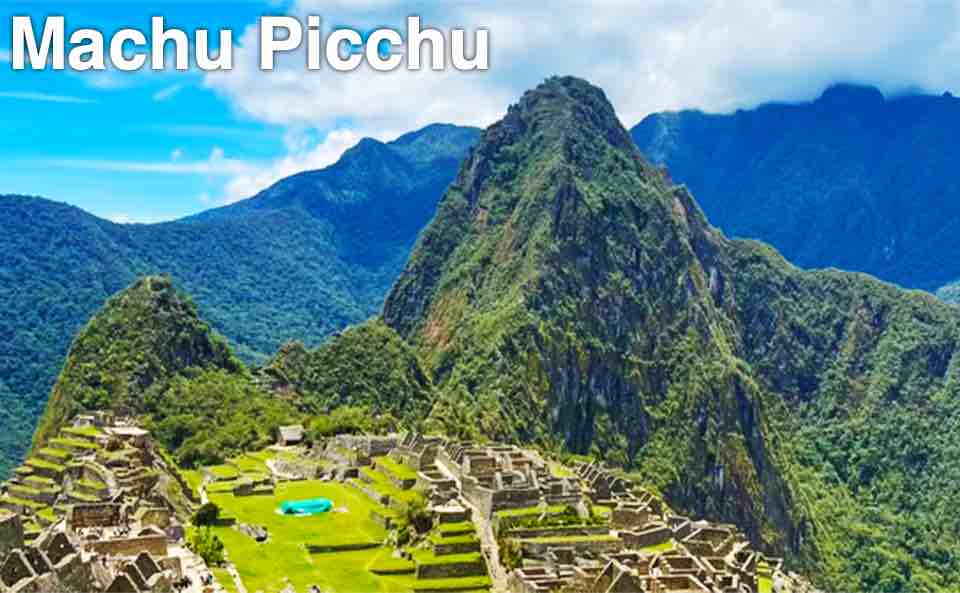



Understanding Quipus: The Inca Knot Language
Quipu, also called khipu, are colorful knotted cords arranged on a fiber strip or ring. Yet, these deceptively simple knot designs contain complex histories—and the answers to a few mysteries.
What secrets are hidden in these rare Inca artifacts?
Quipu Definition & Context
The Smithsonian, a prominent archeological and natural history museum, offers this description and definition of Quipus.
“Quipus (kee-poo), sometimes called talking knots, were recording devices used by the Inka Empire…
…A quipu usually consisted of colored, spun, and plied thread or strings from llama hair. Historic documents indicate that quipus were used for record keeping and sending messages by runner… The color, knot placement, and type of cord are all part of the logical numerical reading of the quipu.”
While the Inca used quipus, they didn’t invent them. Instead, these knotted designs were first woven millennia before the Inca Empire came to be. Archeological evidence suggests the Caral-Supe culture was the first people to weave Quipus, likely as early as 2500 B.C.
After their invention, Quipus became a widely used textile technology throughout Central and South America for centuries. Yet, while several cultures created quipus in the past, most of the quipus remaining today are from the Inca Kingdom, circa 1400–1532 C.E.
Did Incas Write and Keep Records With Quipu?
Yes—to some extent.
In the Inca culture, quipucamayocs were professionals who specialized in reading quipu records and creating new ones.
Most quipu records held quantifiable information. This meant quipucamayocs’ roles were more often akin to accountants or bookkeepers, rather than historians.
During the Spanish conquest and colonization, Spanish officials recognized the importance of quipu records. Quipucamayocs’ testimonies were considered a valid way to settle financial disputes.
Quipus & Inca Writing
Scholars debate the nature of the quipu knot language. While all agree that some quipu record certain proper nouns (like names), as well as quantities, they disagree on which other types of information they may be conveying.
Some believe quipus provided a memory aid and recorded quantities, but they weren’t a writing system. Others argue quipu knots could (and did) completely transcribe anything said in the Inca’s spoken language.
Still other anthropologists hypothesize that the quipus’ patterns are semasiography: a system which encodes and transcribes sounds or tactile sensations, but more like sheet music than an alphabet.
How To Read Quipu
First, the patterns used to record information in a quipu vary from culture to culture. They also seem to vary—to some degree—between groups within the expansive Inca Kingdom.
Second, the art of reading Inca quipus has been partially lost. In an article for Khan Academy, anthropologist Dr. Kylie Quave explains, “Even though the khipukamayoq read them in Inka times, these ancient objects cannot be fully read today.”
Yet, while a complete reading is no longer possible, scholars do know how to glean some of a quipu’s information.
“Reading” Accounting Quipus
Inca quipus fall into two broad categories: narrative quipu and numerical quipu (also called “administrative quipu”). Administrative quipu track quantities, and they’re read using the Inca decimal system.
Like contemporary Westerners, the Inca used a base 10 number system. When describing a quipu in The Brooklyn Museum, textile conservators Nobuko Kajatani and Anne Rowe write:
Administrative quipus are characterized by pendant cords with tiers of knots separated by spaces that indicate decimal values—what we would understand as the individual columns of digits in a numbering system, such as units (1 through 9), tens, hundreds, and thousands…
…The Inca used three main knots (visible on this quipu) to signify numerical values: figure-eight knots, long knots, and single knots. Each knot type signified a different unit of measurement (see diagram).
To read a quipu’s “data” in the correct order, it’s important to follow the pattern of knots and spaces in either a “z” or “s” shape. Start at the leftmost top knot, then follow the “line” to see the data in sequence.
Where Can Visitors See Quipus & Learn More About Them?
There are only 600 known Inca quipu remaining in the world. Travelers interested in discovering more quipus can see some up close in Peru.
Among the most well-preserved are artifacts in the Larco Museum in Lima.
The quipus on display hail from the Highlands of Southern Peru. These ancient cords were created around the year 1,300. The Larco Museum has worked to preserve every fiber of these 700-year-old twine artifacts.
Thanks to their efforts, people can travel from around the world to see these ancient records firsthand today.
Explore Quipu, Inca Artifacts & Ancient Ruins In Peru
Delve deep into the world of the Inca on Caravan’s eight-day Tour of Peru With Machu Picchu. Enjoy a guided tour of the Larco Museum in Lima, and take time exploring the artifacts on display. Then, step into the past by walking the paths the Inca built, as the all-inclusive tour explores mysterious ancient ruins—including that legendary Inca fortress, Machu Picchu.
To learn more, call Caravan at +1-312-321-9800. Or, phone us at 1-800-227-2826 to book your spot on the trip today!
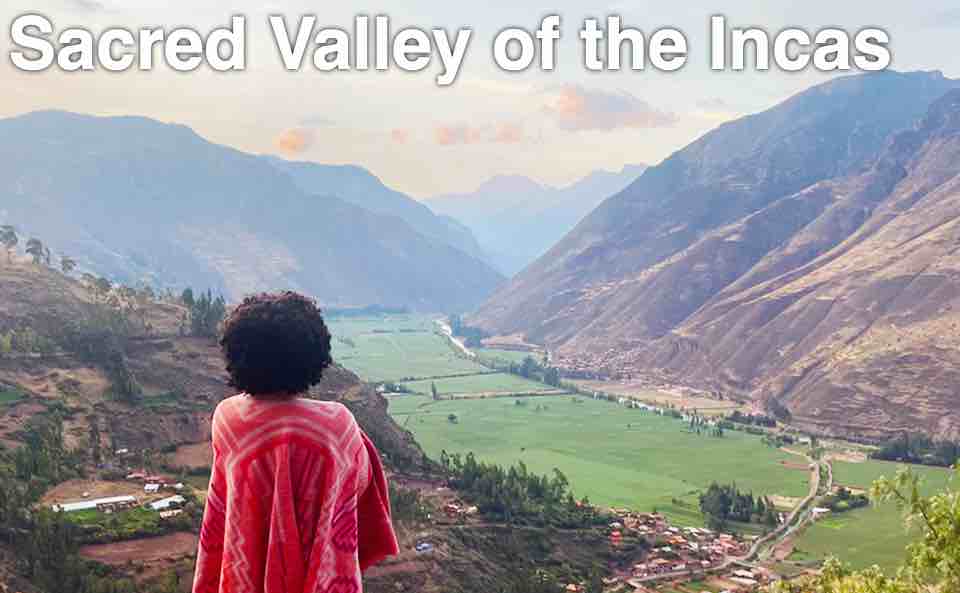
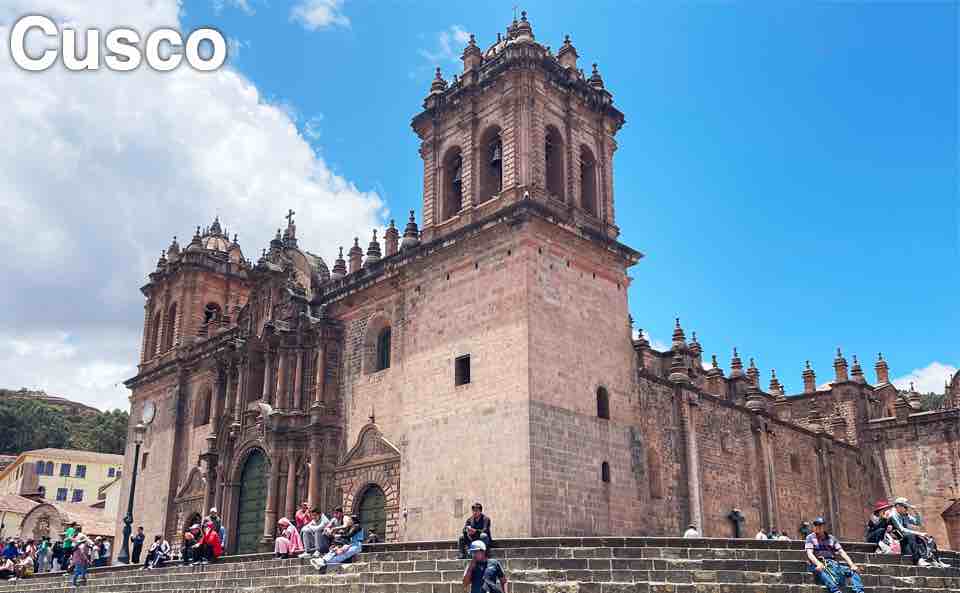





 2026 Hotels
2026 Hotels
2026 Hotels
Accommodations in the hotels and lodges are usually rooms with two beds and private bath or shower. A limited number of single rooms are available. Triple rooms are usually two beds.
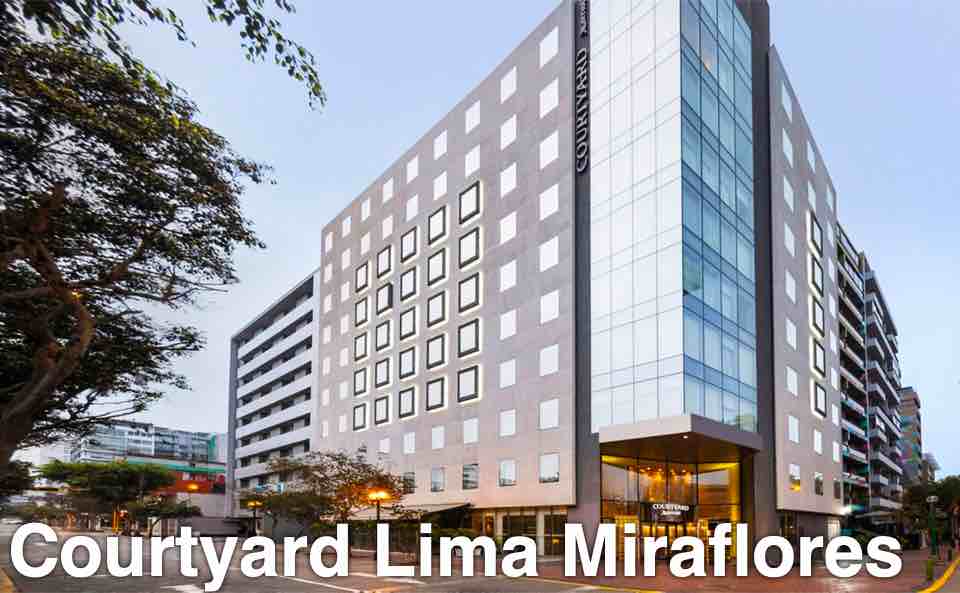
Days 1, 2 • Lima

Marriott Courtyard Miraflores
Courtyard by Marriott Miraflores is a modern hotel set in Lima’s vibrant Miraflores district, known for its cafes, green parks, and scenic coastal views. The hotel has a restaurant and 24-hour fitness center. Free Wifi.
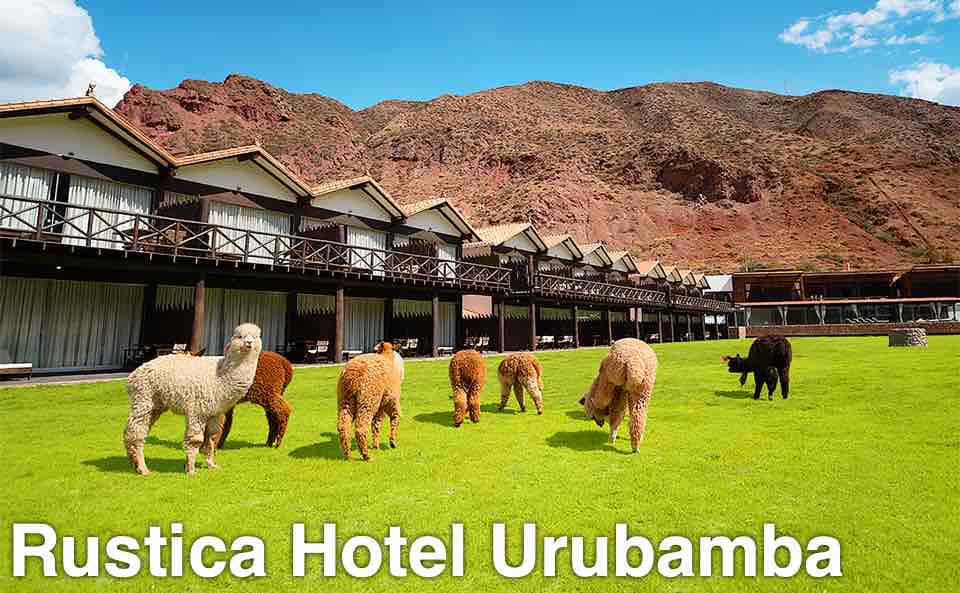
Days 3, 4, 5 • Urubamba

Rustica Hotel Urubamba-Cusco
Rustica Hotel Cusco Urubamba is a brand-new boutique retreat nestled in the heart of the Sacred Valley. With just 32 spacious rooms, each offering panoramic views of the Andes, the hotel provides an intimate and serene experience. Resident alpacas freely roam the hotel grounds offering guests a chance to interact and take photos with these gentle Andean locals. Rustica Hotel Cusco Urubamba has a restaurant, bar, heated outdoor pool, and three jacuzzis. Spa services are available for an additional fee. Free Wifi.
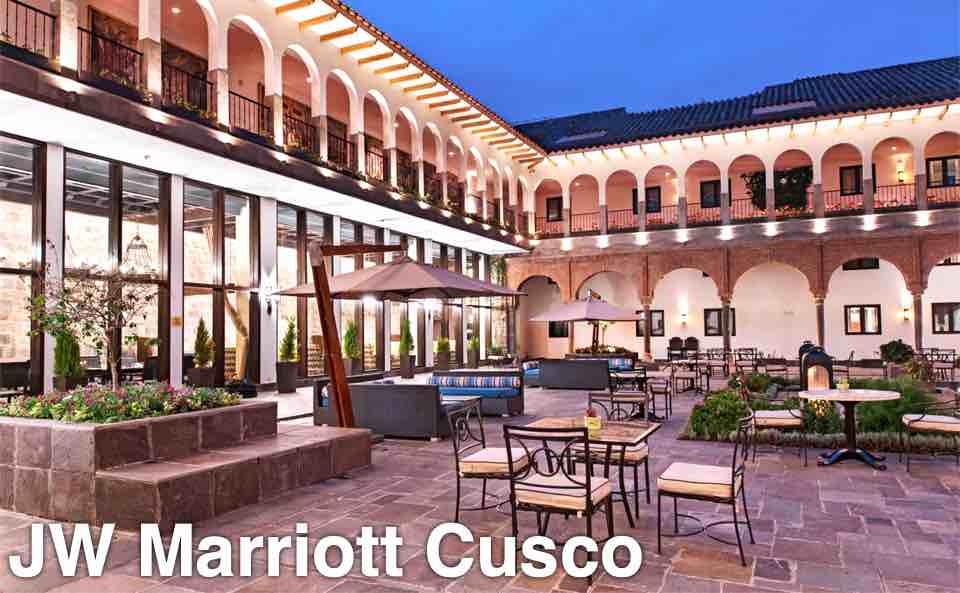
Day 6 • Cusco

JW Marriott El Convento Cusco
The JW Marriott El Convento Cusco is a luxury hotel housed in the beautifully restored 16th-century San Augustin convent, just three blocks from the Plaza de Armas. The hotel offers oxygen enriched rooms, two restaurants, and a boutique gift shop. Guests can unwind at the full service spa which features a swimming pool, jacuzzi, sauna, and steam room - all available for an additional fee. Free Wifi.

Day 7 • Lima

Marriott Courtyard Miraflores
Courtyard by Marriott Miraflores is a modern hotel set in Lima’s vibrant Miraflores district, known for its cafes, green parks, and scenic coastal views. The hotel has a restaurant and 24-hour fitness center. Free Wifi.

 2027 Hotels
2027 Hotels
2027 Hotels
Accommodations in the hotels and lodges are usually rooms with two beds and private bath or shower. A limited number of single rooms are available. Triple rooms are usually two beds.

Days 1, 2, 3 • Lima

Marriott Courtyard Miraflores
Courtyard by Marriott Miraflores is a modern hotel set in Lima’s vibrant Miraflores district, known for its cafes, green parks, and scenic coastal views. The hotel has a restaurant and 24-hour fitness center. Free Wifi.

Days 4, 5, 6 • Urubamba

Rustica Hotel Urubamba-Cusco
Rustica Hotel Cusco Urubamba is a brand-new boutique retreat nestled in the heart of the Sacred Valley. With just 32 spacious rooms, each offering panoramic views of the Andes, the hotel provides an intimate and serene experience. Resident alpacas freely roam the hotel grounds offering guests a chance to interact and take photos with these gentle Andean locals. Rustica Hotel Cusco Urubamba has a restaurant, bar, heated outdoor pool, and three jacuzzis. Spa services are available for an additional fee. Free Wifi.

Day 7 • Cusco

JW Marriott El Convento Cusco
The JW Marriott El Convento Cusco is a luxury hotel housed in the beautifully restored 16th-century San Augustin convent, just three blocks from the Plaza de Armas. The hotel offers oxygen enriched rooms, two restaurants, and a boutique gift shop. Guests can unwind at the full service spa which features a swimming pool, jacuzzi, sauna, and steam room - all available for an additional fee. Free Wifi.
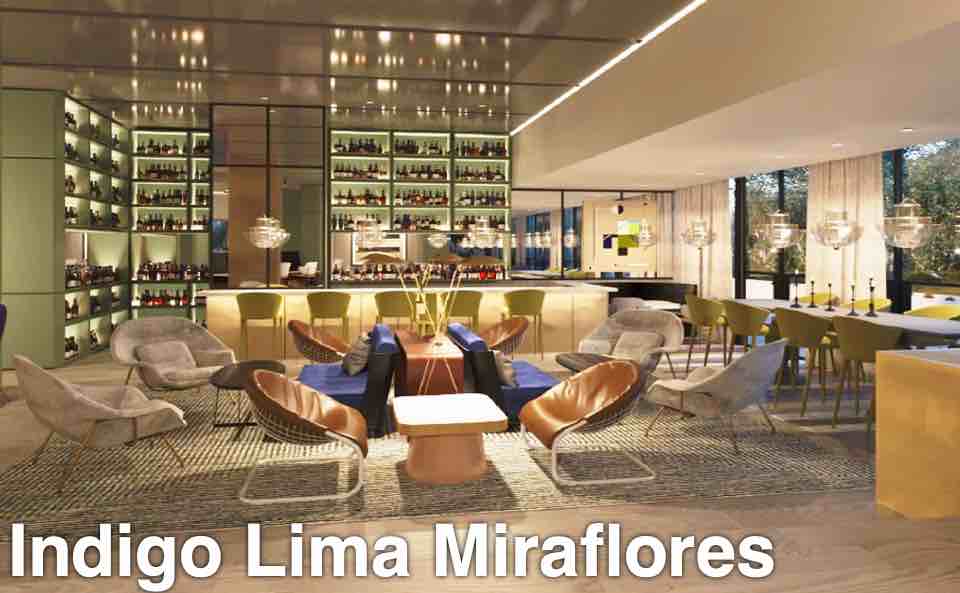
Day 8 • Lima

Hotel Indigo Lima Miraflores
Hotel Indigo Lima Miraflores is a modern boutique hotel in the heart of Lima’s vibrant Miraflores district, and a short walk from Larcomar, the upscale outdoor shopping mall overlooking the ocean. The hotel has a restaurant and 24-hour fitness center. Free Wifi.

 Airport Transfers
Airport Transfers
Airport Transfers
Arrival Transfers
Transfer on your own from the Jorge Chávez International Airport (LIM) to Marriott Courtyard Miraflores (Calle Schell 400, Miraflores) in Lima. Once you have exited customs and collected your baggage at the airport, proceed to the counters for official taxi companies such as Taxi Seguro and Green Taxi. Here you can request your taxi. You can book and pay at the counter before exiting the terminal. The driving time from the airport to your hotel, Marriott Courtyard Miraflores, is approximately 30 - 60 minutes depending on traffic. You can pay using U.S. Dollars, Peruvian Soles, or with a credit card. Taxi fares range from 90 - 130 Peruvian Soles, or $25 - $35 U.S. Dollars (depending on the exchange rate) plus tip. ATMs and a currency exchange are available at the airport. When you arrive at your hotel, please identify yourself as a Caravan tour member to the front desk personnel.
Departure Transfers
Caravan includes fixed departure transfers from your hotel to Jorge Chávez International Airport (LIM), scheduled to arrive at 5:30 a.m., 8:00 a.m., and 11:00 a.m. These transfers are only available at these set times on the day the tour ends. If you extend your stay in Peru or if you wish to go at a different time, you will need to transfer on your own, at your own expense. Please ask the hotel bellman to arrange a taxi. Fares are approximately $25 - $35 U.S. Dollars per taxi, plus tip. The driving time from the hotel to the airport is approximately 30 - 60 minutes depending on traffic.
Airfare is not included or sold by Caravan.

 Airport Transfers
Airport Transfers
Airport Transfers
Arrival Transfers
Transfer on your own from the Jorge Chávez International Airport (LIM) to Marriott Courtyard Miraflores (Calle Schell 400, Miraflores) in Lima. Once you have exited customs and collected your baggage at the airport, proceed to the counters for official taxi companies such as Taxi Seguro and Green Taxi. Here you can request your taxi. You can book and pay at the counter before exiting the terminal. The driving time from the airport to your hotel, Marriott Courtyard Miraflores, is approximately 30 - 60 minutes depending on traffic. You can pay using U.S. Dollars, Peruvian Soles, or with a credit card. Taxi fares range from 90 - 130 Peruvian Soles, or $25 - $35 U.S. Dollars (depending on the exchange rate) plus tip. ATMs and a currency exchange are available at the airport. When you arrive at your hotel, please identify yourself as a Caravan tour member to the front desk personnel.
Departure Transfers
Caravan includes fixed departure transfers from your hotel to Jorge Chávez International Airport (LIM), scheduled to arrive at 5:30 a.m., 8:00 a.m., and 11:00 a.m. These transfers are only available at these set times on the day the tour ends. If you extend your stay in Peru or if you wish to go at a different time, you will need to transfer on your own, at your own expense. Please ask the hotel bellman to arrange a taxi. Fares are approximately $25 - $35 U.S. Dollars per taxi, plus tip. The driving time from the hotel to the airport is approximately 30 - 60 minutes depending on traffic.
Airfare is not included or sold by Caravan.

 Passports & Visas
Passports & Visas
Passports & Visas
Peru requires a current U.S. passport valid for six months after your date of entry. Non U.S. citizens, please check passport and visa requirements. Note: If you are travelling with children under 18 years old without both parents or legal guardians, you should carry a notarized letter of authorization signed by the missing parent(s) or guardian(s). A notarized birth certificate showing only one parent, a parent’s death certificate, or a court order of child custody may also be permissible. Failure to have proper documentation could result in denial of boarding by the airline, due to international child protection laws.

 Passports & Visas
Passports & Visas
Passports & Visas
Peru requires a current U.S. passport valid for six months after your date of entry. Non U.S. citizens, please check passport and visa requirements. Note: If you are travelling with children under 18 years old without both parents or legal guardians, you should carry a notarized letter of authorization signed by the missing parent(s) or guardian(s). A notarized birth certificate showing only one parent, a parent’s death certificate, or a court order of child custody may also be permissible. Failure to have proper documentation could result in denial of boarding by the airline, due to international child protection laws.

 Weather & Clothing
Weather & Clothing
Weather & Clothing
Temperature °F (high/low) Rainfall (inches)
| Lima | Urubamba | Machu Picchu | Cusco | |||||
|---|---|---|---|---|---|---|---|---|
| Temp | Rain | Temp | Rain | Temp | Rain | Temp | Rain | |
| Jan | 79/68 | 1.0 | 73/51 | 5.5 | 69/53 | 13.4 | 62/44 | 4.2 |
| Feb | 80/69 | 1.6 | 73/51 | 4.1 | 69/53 | 12.8 | 62/44 | 3.8 |
| Mar | 80/68 | 1.3 | 73/51 | 3.6 | 70/53 | 13.4 | 63/44 | 2.6 |
| Apr | 76/65 | 0.5 | 74/48 | 1.9 | 70/53 | 7.3 | 64/41 | 1.1 |
| May | 72/62 | 0.3 | 74/43 | 0.3 | 71/51 | 2.3 | 65/36 | 0.2 |
| Jun | 69/61 | 0.5 | 74/40 | 0.5 | 72/50 | 2.0 | 64/33 | 0.1 |
| Jul | 67/60 | 0.6 | 74/38 | 0.2 | 72/49 | 2.1 | 64/32 | 0.1 |
| Aug | 67/59 | 0.5 | 75/41 | 0.4 | 74/50 | 2.4 | 64/35 | 0.1 |
| Sep | 67/60 | 0.4 | 75/45 | 0.5 | 74/52 | 3.0 | 65/39 | 0.5 |
| Oct | 69/61 | 0.4 | 76/49 | 1.9 | 73/53 | 6.4 | 65/42 | 1.3 |
| Nov | 72/63 | 0.3 | 76/50 | 2.7 | 73/54 | 6.8 | 65/43 | 1.9 |
| Dec | 76/65 | 0.5 | 74/51 | 4.2 | 70/54 | 10.8 | 64/44 | 3.2 |
Temperature °F (high/low) Rainfall (inches)
| Jan | Feb | Mar | Apr | May | Jun | Jul | Aug | Sep | Oct | Nov | Dec | |
|---|---|---|---|---|---|---|---|---|---|---|---|---|
| Lima | ||||||||||||
| temp | 79/68 | 80/69 | 80/68 | 76/65 | 72/62 | 69/61 | 67/60 | 67/59 | 67/60 | 69/61 | 72/63 | 76/65 |
| rainfall | 1.0 | 1.6 | 1.3 | 0.5 | 0.3 | 0.5 | 0.6 | 0.5 | 0.4 | 0.4 | 0.3 | 0.5 |
| Urubamba | ||||||||||||
| temp | 73/51 | 73/51 | 73/51 | 74/48 | 74/43 | 74/40 | 74/38 | 75/41 | 75/45 | 76/49 | 76/50 | 74/51 |
| rainfall | 5.5 | 4.1 | 3.6 | 1.9 | 0.3 | 0.5 | 0.2 | 0.4 | 0.5 | 1.9 | 2.7 | 4.2 |
| Machu Picchu | ||||||||||||
| temp | 69/53 | 69/53 | 70/53 | 70/53 | 71/51 | 72/50 | 72/49 | 74/50 | 74/52 | 73/53 | 73/54 | 70/54 |
| rainfall | 13.4 | 12.8 | 13.4 | 7.3 | 2.3 | 2.0 | 2.1 | 2.4 | 3.0 | 6.4 | 6.8 | 10.8 |
| Cusco | ||||||||||||
| temp | 62/44 | 62/44 | 63/44 | 64/41 | 65/36 | 64/33 | 64/32 | 64/35 | 65/39 | 65/42 | 65/43 | 64/44 |
| rainfall | 4.2 | 3.8 | 2.6 | 1.1 | 0.2 | 0.1 | 0.1 | 0.1 | 0.5 | 1.3 | 1.9 | 3.2 |
Clothing Tips
This is a casual tour. Casual wear is suggested for sightseeing and daytime travelling. Dress code for evenings is casual. Suit jackets for men and dresses for women are never required.
This is a casual tour. Casual wear is suggested for sightseeing and daytime travelling. Dress code for evenings is casual. Suit jackets for men and dresses for women are never required.

 Why Travel with Caravan?
Why Travel with Caravan?
Why Travel with Caravan?
Excellence Since 1952
You can trust our years of experience with tours of superb quality and excellent value. Caravan has enjoyed the same family management and ownership since 1952.
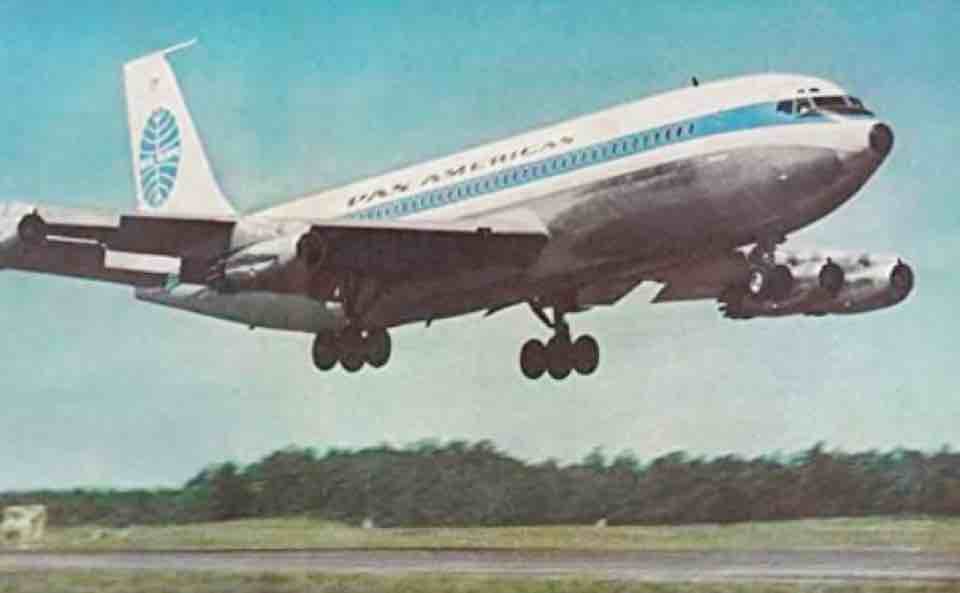
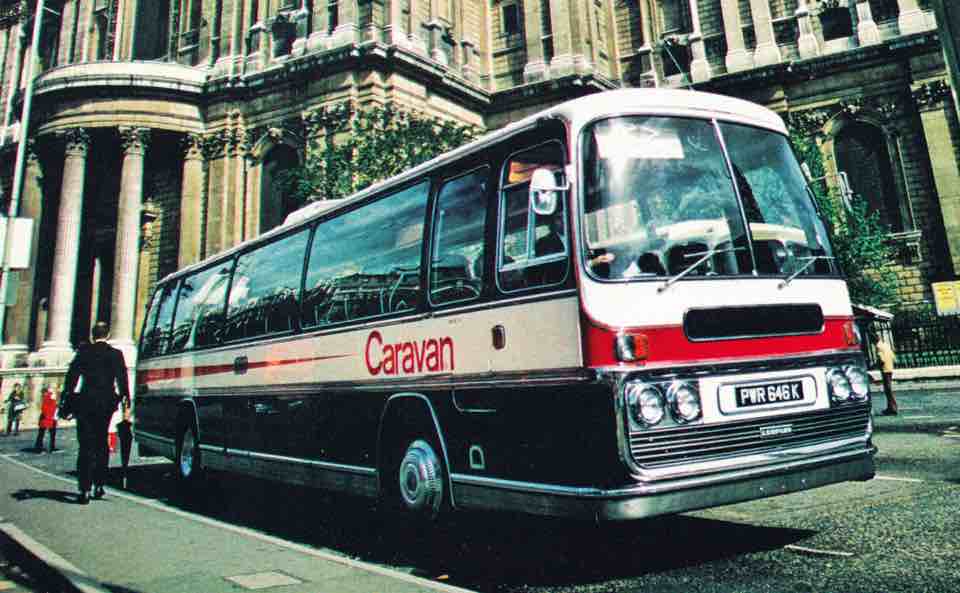
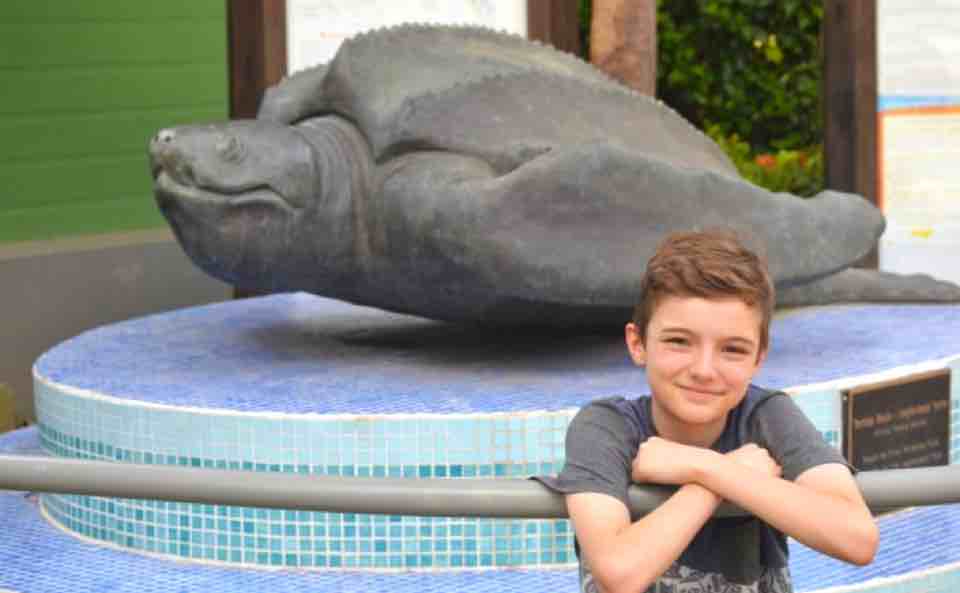
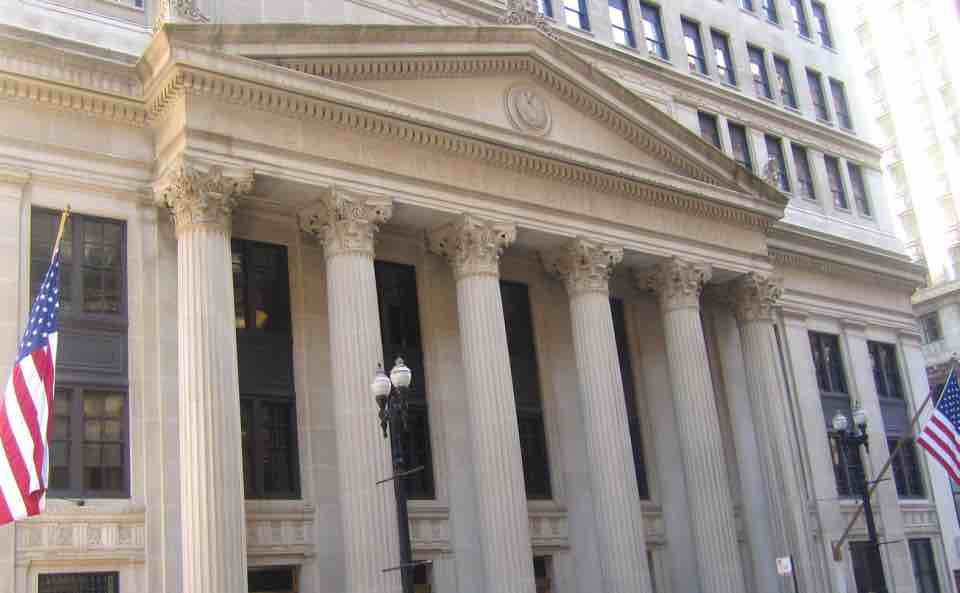
Caravan Care
For your safety, Caravan cancelled most 2020 and all 2021 tour departures and refunded 100% of all payments received. See Caravan’s Covid-19 Terms of Travel.
Caravan's Proud History
In 1965, Roger Mudd hosted a two-hour CBS TV special on Caravan Tours. This TV production took about one month to make and was so successful it inspired the 1968 romantic comedy movie “If it’s Tuesday this must be Belgium.” In the early 50’s the Mayor of Dublin presented Caravan with the Key to Dublin for bringing the first American tour to the city after WWII. Since then, Caravan has been recognized as a pioneer in travel. You can trust in our stability, experience and dedication to quality.
Great Hotels
Stay at park lodges, scenic resorts, and excellent hotels in great locations. See hotel descriptions on each tour page.
Meals
Most meals included within Latin America. For USA and Canada tours, included meals are listed on each itinerary page. Bottled water is provided on motorcoaches in Latin America.
Complete Sightseeing
Enjoy complete sightseeing with more visits, extra features, and local guides.
Fully Guided by Tour Directors
All tours conducted from start to finish by professional tour directors, who are fluent in English, experienced, and fun.
All-inclusive
Caravan includes all activities listed in the tour itinerary page. Caravan does not sell any optional activities which can add hundreds of dollars to your tour price. Your free time is scheduled in great settings where there is no need to buy additional expensive activities.
Shopping Freedom
Caravan will not bring you to overpriced shops in exchange for payments. Caravan gives you ample opportunity and time for great shopping, and the freedom to choose where and when to shop.
Great Value, Book Early
Caravan’s strong buying power gives you great vacations at prices much lower than you can find anywhere. Most of our tours sell out quickly. Book early for the date you prefer and the best airfare.
How does Caravan Tours sell these tours for such a low cost?
Caravan delivers volume to our suppliers, who in turn reward us with their very best prices. We in turn pass these savings on to you, and you reward us by buying our tours. As volume continues to rise, we then receive even better prices from our suppliers, and we pass even greater savings on to you. This year our tours are better than ever.
Trade Association Memberships
Caravan is a member of NTA (National Tour Association), ABA (American Bus Association), CLIA (Cruise Lines International Association), and ACMA (American Commerce Marketing Association).
